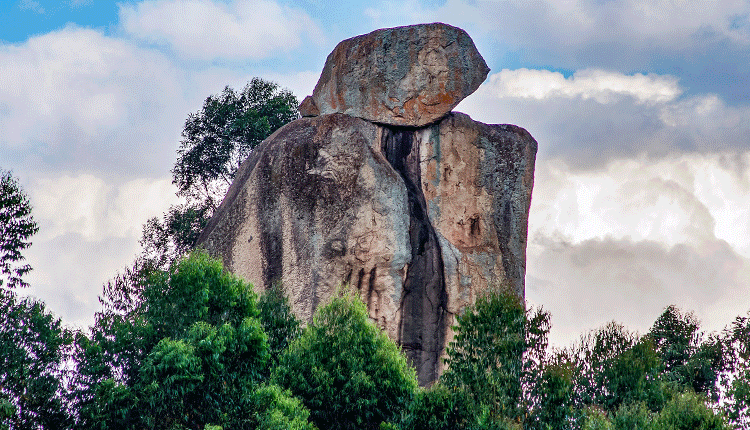Kakamega maps out heritage sites
By Kenya News Agency, September 23, 2021Kakamega county has finalised plans to develop five local historical heritage sites to promote eco-tourism culture in the larger Western region.
The county has mapped out the sites including the Nabongo Heritage Shrine in Matungu, Misango Hills Heritage property in Khwisero, Mawe Tatu Hills Heritage Site in Likuyani sub-county, Kambiri Hills Heritage Property in Shinyalu sub-county and Lugai Stones and Caves in Malava sub-county as key pillars in enhancing eco-tourism.
Heritage sites identified will be developed and protected by the county government and an aggressive marketing campaign launched to promote them as tourist destination sites.
Governor Wycliffe Oparanya, who was speaking at Nabongo Heritage shrine, said some of the sites had been neglected yet they have a great potential as tourist attraction sites.
Crying stone
“Communities around are unaware of available opportunities existing through ecotourism.
My government has engaged in strategies to sensitise local communities to appreciate the value of the sites,” he added.
Governor said he will set aside funds annually, specifically for the sites that have been designated as heritage sites.
“We shall mobilise resources to supply infrastructure and amenities for improvement of the shrines on a yearly basis,” he said.
He noted that the initiative comes after a noted contribution of some of the heritage sites to the livelihoods of residents, who have benefited from earnings generated through tourism activities.
For example, the famous Crying Stone known as Ikhongo Murwi is benefitting local communities.
“The crying stone is managed by members of the community who raise fees from visitors through entry charges.
These funds have provided financial assistance towards education of needy children and helped in the construction of a water spring at the site,” the governor disclosed.
In view of this, Oparanya said the county will offer employment to youths who surround the sites to protect and conduct routine maintenance.
Noting a shortage of professional human resources to coordinate the management of culture and heritage assets in the region, Oparanya directed the concerned department to recruit curators, research and technical experts in heritage and historical artefacts.
Oparanya said the county government has embarked on an aggressive digital marketing strategy to market the heritage sites dubbed ManyaIngo, a Luhya word that means Know Your Home.
In the campaign, local communities and tourists visiting the sites will be encouraged to share their experiences of places they have visited .
“This provides tourists with adequate information on the attraction sites, their specific locations and history as well as culture of the surrounding people,” Oparanya said.
He also said the county will launch an annual heritage and cultural festival during which heritage champions will be awarded.
County government has also entered a partnership with the United States Agency for International Development (USAid) to undertake a review of Kakamega County Tourism Policy and Tourism Act, 2014.
“USAid has committed to support my government in the review and publication of the Kakamega Tourism Guide and digital tourism map,” Oparanya added.
To come up with the decision to designate the five heritage sites, the county government formed a technical team that liaised with the National Museums of Kenya in mapping and documenting cultural heritage tourism sites in 2016.
After a fact-finding mission and conclusion of their research, the team prepared statements of significance for the five heritage sites.
“The statements observed that the identified sites had outstanding significance and recommended that they be designated as heritage sites,” the statement. -KNA
